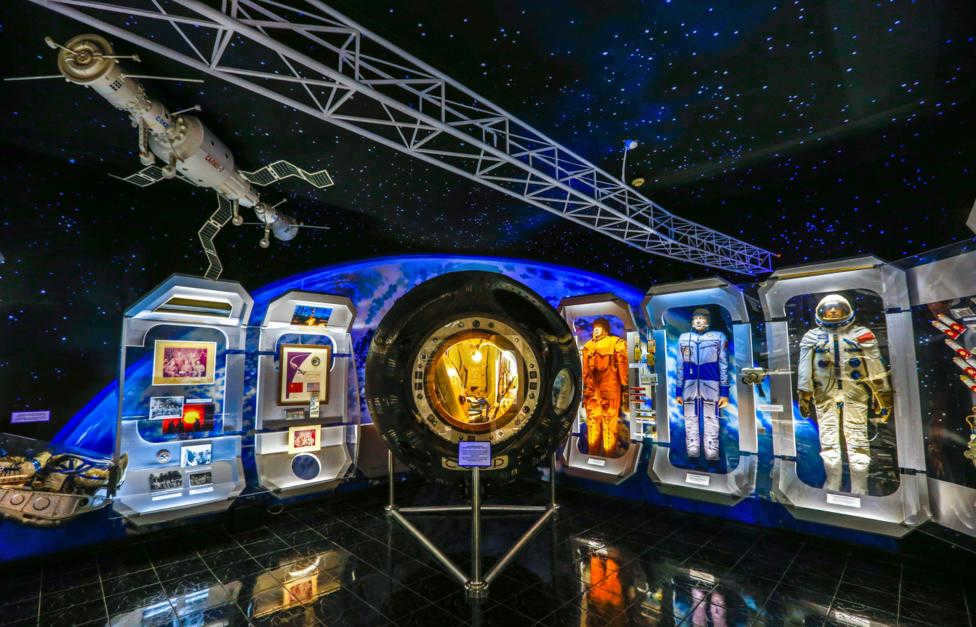
Yuri Gagarin, a Soviet citizen, became the first human to travel to space. On April 12, 1961, he launched from the Baikonur Cosmodrome aboard the Vostok-1 satellite spacecraft. During the 1 hour and 48 minute (108 minutes) flight, Gagarin completed one orbit around the Earth.
Following Gagarin’s historic achievement, American astronauts Alan Shepard Jr. and Virgil Grissom made suborbital flights on the Mercury MR-3 and MR-4 spacecraft, respectively. Shepard’s flight lasted 15 minutes and 22 seconds on May 5, 1961, while Grissom’s flight lasted 15 minutes and 37 seconds on July 21, 1961.
Valentina Tereshkova: Trailblazer for Women in Space
In a historic moment for humanity, Valentina Tereshkova became the first woman to venture into the vast expanse of space. On June 16-19, 1963, this pioneering astronaut embarked on an extraordinary journey aboard the Vostok-6 spacecraft. Her mission lasted an impressive 2 days, 22 hours, and 51 minutes.
During her time in space, Tereshkova’s spacecraft completed a remarkable 48 revolutions around our planet, covering a staggering distance of approximately 1.97 million kilometers.
Valentina Tereshkova’s feat is not only a testament to her courage and determination, but it also represents a significant milestone in the history of space exploration. She stands as a shining example for aspiring female astronauts around the world, as the sole woman to have accomplished a solo space flight.
Youngest and oldest cosmonaut at the time of launch
The title for the youngest cosmonaut at the time of launch goes to German Titov from the USSR. He embarked on his inaugural space mission at the age of 25 years, 10 months, and 26 days. The historic flight took place from August 6-7, 1961, aboard the Vostok-2 spacecraft.
On the other end of the spectrum, the oldest astronaut to venture into space is John Glenn Jr. from the USA. He made his journey aboard the shuttle Discovery on October 29, 1998 (the mission lasted until November 7, 1998) when he was 77 years, 3 months, and 11 days old.
Among female astronauts, the title for the youngest goes to Valentina Tereshkova from the USSR. She made her groundbreaking space launch on June 16, 1963, at the age of 26 years, 3 months, and 11 days.
As for the oldest female astronaut, that distinction belongs to Barbara Morgan from the United States. She embarked on her space mission on August 8, 2007, at the age of 55 years, 8 months, and 12 days. Morgan was a part of the crew aboard the shuttle Endeavour, and the mission lasted until August 21.
The Voskhod: the pioneering multi-person spacecraft
The Voskhod, launched by the USSR on October 12-13, 1964, holds the distinction of being the first multi-person spacecraft. This groundbreaking mission saw a crew of three cosmonauts, namely Vladimir Komarov, Konstantin Feoktistov, and Boris Egorov, embark on a 24-hour and 17-minute journey.
Setting records in outer space
In another remarkable feat, the USSR pilot-cosmonaut Alexei Leonov, accompanied by Pavel Belyaev, achieved the first-ever spacewalk on March 18, 1965, during the Voskhod-2 mission. Leonov spent an impressive 12 minutes and 9 seconds outside the spacecraft.
Breaking barriers, Svetlana Savitskaya became the first woman to venture into outer space. On July 25, 1984, she embarked on a spacewalk from the Salyut-7 station, lasting an astonishing 3 hours and 34 minutes.
Not to be outdone, American astronauts James Voss and Susan Helms set a new record for the longest spacewalk in history. On March 1, 2001, they spent an incredible 8 hours and 56 minutes outside the International Space Station, solidifying their place in the annals of world astronautics.
Russian cosmonaut Anatoly Solovyov holds the record for the most number of spacewalks, with a total of 16. He spent a combined time of 78 hours and 48 minutes in outer space.
Among female astronauts, Sunita Williams from the United States has the highest number of spacewalks, with a total of 7. She spent a total of 50 hours and 40 minutes performing spacewalks.
First Manned Spacecraft Docking
The first docking of two manned spacecraft in manual mode took place on January 16, 1969. The spacecraft involved were Soviet Soyuz-4, which was launched on January 14, 1969 with Vladimir Shatalov as the pilot, and Soyuz-5, which was launched on January 15, 1969 with a crew consisting of Boris Volynov, Evgeny Khrunov, and Alexei Eliseev. The two spacecraft were successfully docked for a duration of 4 hours and 35 minutes.
Lunar records
The American astronaut Neil Armstrong became the first person to step foot on the Moon’s surface on July 21, 1969. Approximately 15 to 20 minutes later, Edwin Aldrin joined him outside of the landing module.
Armstrong spent around 2.5 hours on the Moon’s surface, while Aldrin spent about 1.5 hours. Each astronaut traveled a distance of approximately 1 km, with the farthest point from the lunar module being 60 meters.
The Moon landing occurred during the American lunar expedition from July 16-24, 1969. The crew, in addition to Armstrong and Aldrin, included Michael Collins.
The longest duration spent on the Moon’s surface during a single EVA (Extra-Vehicular Activity) was achieved on December 12, 1972, by U.S. astronauts Eugene Cernan and Harrison Schmitt. They were part of the Apollo 17 crew, and the mission took place from December 7-19, 1972.
First man-made satellite in space
On April 19, 1971, the Soviet Salyut-1, the pioneering space station, was successfully launched into orbit. It was sent into space from the Baikonur Cosmodrome aboard a Proton-K launch vehicle.
The space station remained in orbit at an altitude of 200-222 km for a record-breaking 174 days, until October 11, 1971 (after which it was intentionally deorbited, with most of it burning up upon reentry into the Earth’s atmosphere and some debris falling into the Pacific Ocean).
The International Space Station, on the other hand, holds the distinction of being the longest-running space orbital project to date, having been in continuous orbit since November 20, 1998, which is over 17 years and counting.
The biggest crew
The largest team of astronauts on a spacecraft was on the 9th mission of the shuttle Challenger in October-November 1985, which had a crew of 8.
Longest journeys
The record for the longest spaceflight in history was set by Russian cosmonaut Valery Polyakov, who spent 437 days, 17 hours, 58 minutes, and 17 seconds on the Russian space station “Mir” from January 1994 to March 1995.
The longest spaceflight by a woman was achieved by Samantha Cristoforetti from Italy, who spent 199 days, 16 hours, 42 minutes, and 48 seconds on the International Space Station from November 2014 to June 2015.
The record for the highest number of individuals in space simultaneously was set on March 14, 1995, when a total of 13 people were in orbit. This group consisted of three individuals from the Russian Mir station, who were joined by the manned spacecraft Soyuz TM-20, which was docked to the station at that time. Additionally, there were seven individuals from the American Endeavour, which was on its 8th shuttle flight from March 2-18, 1995. Finally, three individuals were also present from the Soyuz TM-21, which was launched from the Baikonur Cosmodrome on March 14, 1995.
Record holders for the number of flights
The title for the longest duration spent in orbit is held by Russian cosmonaut Gennady Padalka, with a total of 878 days, 11 hours, 29 minutes, and 36 seconds across 5 flights. This achievement was officially recognized by the International Aviation Federation (FAI) in September 2015.
When it comes to the highest number of flights, the record is shared by American astronauts Franklin Chang-Diaz, who has completed 7 flights with a total duration of 66 days, 18 hours, and 24 minutes, and Jerry Ross, who has completed 7 flights with a total duration of 58 days, 54 minutes, and 22 seconds.
Among female astronauts, Peggy Whitson from the United States holds the record for the most time spent in space, with a total of 376 days, 17 hours, 28 minutes, and 57 seconds across two flights.
The maximum number of flights allowed for women is 5. There have been several American women who have had the opportunity to travel into space. Some notable examples include Shannon Lucid, who has spent a total of 223 days, 2 hours, 57 minutes, and 22 seconds in space. Susan Helms has also had a significant amount of time in space, with a total of 210 days, 23 hours, 10 minutes, and 42 seconds. Tamara Jernigan has spent 63 days, 1 hour, 30 minutes, and 56 seconds in space, while Marsha Ivins has accumulated 55 days, 21 hours, 52 minutes, and 48 seconds. Bonnie Dunbar has spent 50 days, 8 hours, 24 minutes, and 41 seconds in space, and Janice Voss has accumulated 49 days, 3 hours, 54 minutes, and 26 seconds.
Top countries with the highest number of flights
The United States has seen the most astronauts fly into space, with a total of 335. Russia, including the USSR, comes in second place with 118 cosmonauts (excluding Alexey Ovchinin, who is currently in flight).
Since the inception of manned flights, a total of 542 individuals (including 59 women) from 37 countries (36 currently existing countries, excluding Czechoslovakia) have traveled to space. Currently, two individuals are embarking on their first flights: Timothy Peake from England, who has been on the International Space Station since December 2015, and Alexey Ovchinin from Russia, who has been on the ISS since March 19, 2016.
TASS-Dossier/Inna Klimacheva

The FAI, an organization that represents around 100 nations, has officially defined a spaceflight as a launch that reaches an altitude exceeding 100 kilometers above the Earth’s surface.
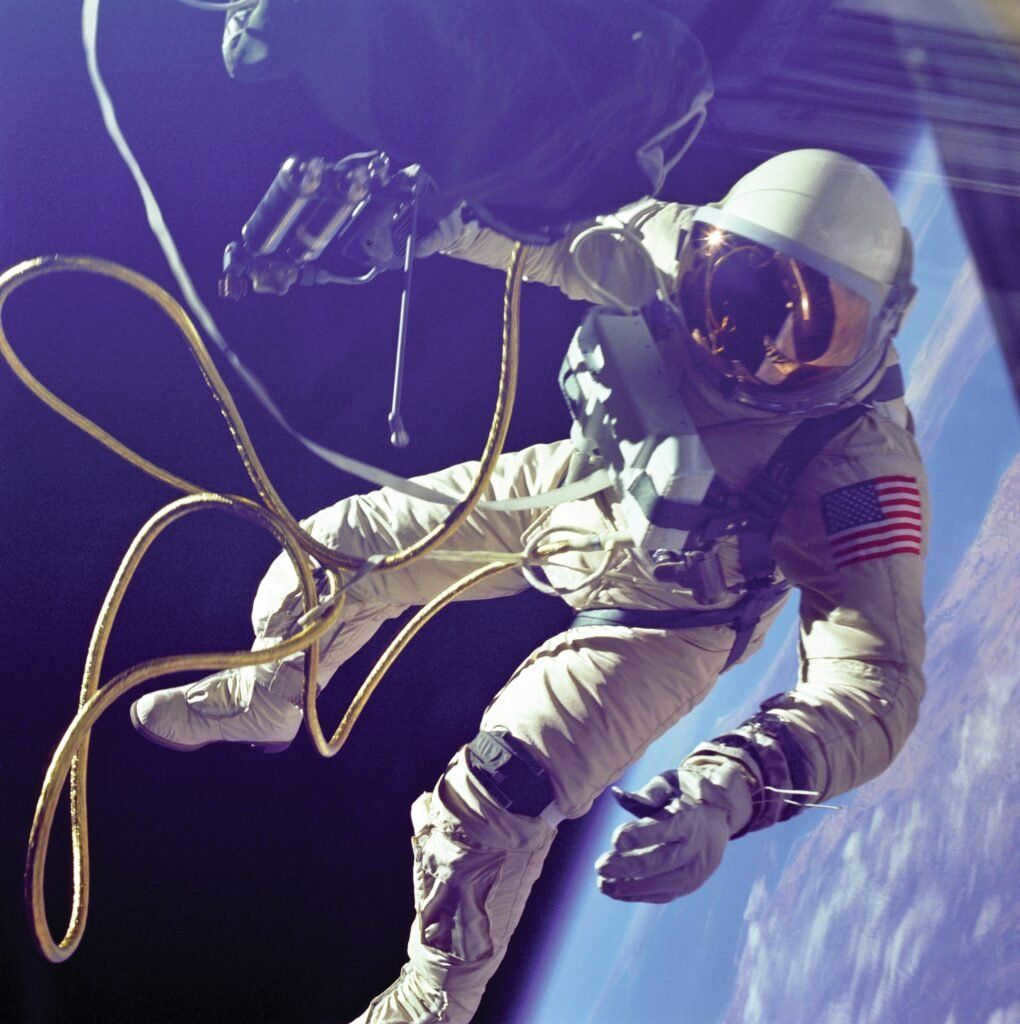
During the 1960s, the U.S. Department of Defense granted astronaut designations to military and civilian pilots who flew at altitudes exceeding 80 kilometers. However, according to FAI criteria, these individuals are not considered true astronauts, and therefore, we do not include them in our count.
It is important to mention that the term astronaut (or cosmonaut) is sometimes used to describe scientists, politicians, journalists, and tourists who undergo professional training for space travel. However, we remain impartial and adhere to the rule that a person must have actually flown in space in order to be given the title of astronaut.
Out of these: 346 individuals from the United States (with no survivors 56), 122 from the USSR and Russia (with no survivors 40), 12 from Japan, 11 from Germany, 11 from China, 10 from France, 10 from Canada, and 7 from Italy.
Belgium, Bulgaria, Great Britain, India, and the Netherlands each had 2 representatives who ventured into space, while Afghanistan, Austria, Brazil, Czechoslovakia, Denmark, GDR (although not a country, there was an astronaut), Hungary, Israel, Kazakhstan, Cuba, Malaysia, Mexico, Mongolia, the Republic of Korea, Poland, Romania, Saudi Arabia, Slovakia, South Africa, Spain, Sweden, Switzerland, Syria, Ukraine, and Vietnam each had one representative who went to space.
Overall, astronauts (cosmonauts) have spent a total of 29,000 days (equivalent to over 77 years) outside the surface of the Earth and more than 100 days carrying out tasks in outer space.
Update for 2022:
Based on the FAI report, as of the conclusion of 2022, there have been a total of 632 individuals from 38 different countries who have embarked on space travel.
Currently in space:
- Francisco Rubio (USA);
- Nicole Onapu Mann (USA);
- Josh A. Cassada (USA);
- Anna Kikina (Russia);
- Sergey Prokopyev (Russia);
- Dmitry Petelin (Russia);
- Koichi Wakata (Japan);
- Fei Junlong (China);
- Deng Qingming (China);
- Zhang Lu (China).
Update for 2023:
Currently in outer space, the following individuals are present:
- Francisco Rubio (USA);
- Stephen Bowen (USA);
- Warren Hoburg (USA);
- Andrei Fedyaev (Russia);
- Sergey Prokopyev (Russia);
- Dmitry Petelin (Russia);
- Sultan Al Neyadi (UAE);
- Fei Junlong (China);
- Deng Qingming (China);
- Zhang Lu (China).
Since 1961, humans have been venturing into space, with the first female astronaut taking flight in 1963. Over the years, women have achieved remarkable feats such as setting records for spacewalks and undertaking long-duration missions on the International Space Station. As part of the Artemis program, which is named after Apollo’s sister, NASA aims to send the first woman to the moon by 2024.
In the 1960s, Dr. Randy Lovelace put forward the idea that women could be highly suitable for space travel due to their smaller and lighter physique, making them ideal for smaller spacecraft. Through his FLATs (Fellow Lady Astronaut Trainees) program, Dr. Lovelace demonstrated that women had the potential to compete with and even outperform men in space exploration. However, achieving gender equality within space crews is likely to take several more decades.
What is the total number of female astronauts worldwide?
As of early November 2021, The New York Times reported that over 600 individuals have traveled to space. Among them, only 68 were female, which accounts for just 11% of the total. The majority of women who have been to space are from the United States, with 53 astronauts. Additionally, women from Canada, China, Japan, Great Britain, France, Italy, and South Korea have also made orbital flights, with Canada, China, and Japan having two female astronauts each, and Great Britain, France, Italy, and South Korea having one female astronaut each.
What is the number of female astronauts in Russia?
Currently, in the history of Russia (including the USSR), there are a total of 6 women who have had the opportunity to travel to space. These remarkable individuals include Valentina Tereshkova, Svetlana Savitskaya, Elena Kondakova, Elena Serova, Yulia Peresild, and Anna Kikina. It is worth noting that Anna Kikina is scheduled to embark on her first space mission in 2022.
Valentina Tereshkova became the first woman to ever go to space when she embarked on a journey aboard the Vostok-6 spacecraft on June 16, 1963. Out of over 400 applicants, she was chosen for this historic mission at the age of 26.
Born in the village of Maslennikovo, located northeast of Moscow, Tereshkova was inspired by Yuri Gagarin’s groundbreaking spaceflight on April 12, 1961, and decided to join the Soviet cosmonaut program. Despite not being a pilot, she had an impressive background in skydiving with a total of 126 jumps. Following Tereshkova’s pioneering achievement, Svetlana Savitskaya became the second Soviet cosmonaut to venture into space in 1982, while Sally Ride, Judith Resnick, and Kathryn Sullivan became the first American women to do so in 1984.
“There will never be another one like her in space!”
Legend has it that these were the exact words Sergei Korolev exclaimed upon the return of Valentina Tereshkova, the first female cosmonaut, to Earth. He did not hold back in his expressions, using less than eloquent language, and needless to say, he was furious.
Valentina Tereshkova’s conduct and condition, indeed, were far from exemplary: she suffered from dizziness and nausea while in orbit, neglected to fill out the mandatory logbook, occasionally failed to make contact, and even fell asleep at one point. Her planned experiments were unsuccessful. Upon returning to Earth, she disregarded all instructions and offered the locals space tubes meant for research, while indulging in boiled potatoes and kvass for herself.
Korolev was extremely angered by all this lack of professionalism, and he vowed that during his lifetime, no more women would be allowed to fly into space. And indeed, this promise was kept. It wasn’t until 1982, a full 20 years after Tereshkova’s historic journey, that Svetlana Savitskaya finally had the opportunity to go into orbit.
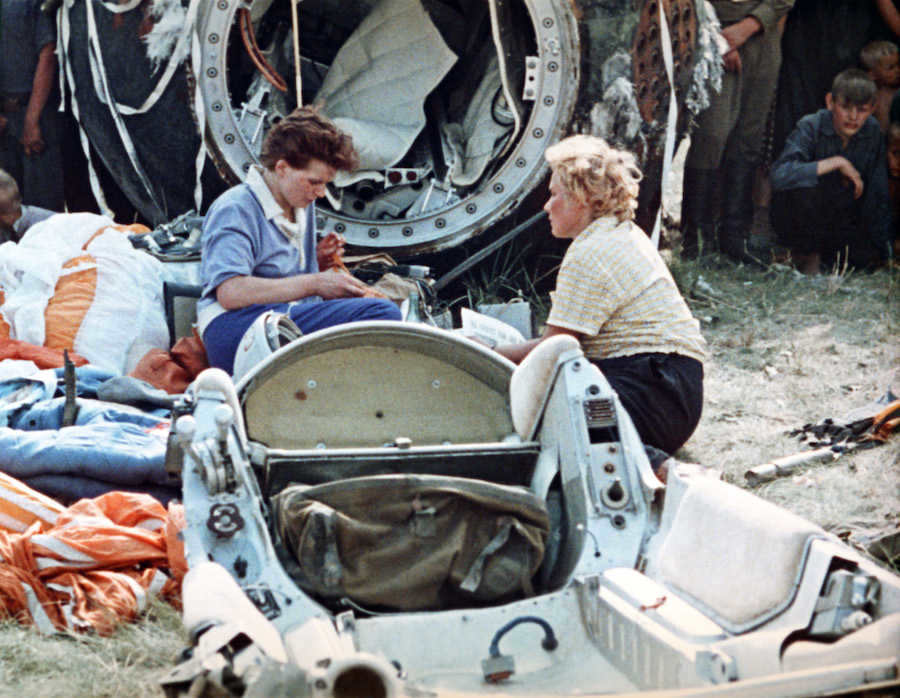

The Vostok-6 module encountered a malfunction, deviated from its planned course, and landed in a location different from the anticipated one. The first person to be greeted by the residents of Murashkino village in the Altai Territory was Valentina Tereshkova (pictured on the left) (Photo: TASS)
Prior to this, no American women had traveled to space, and NASA was uncertain about how a woman’s body would react in that environment. For instance, doctors had serious concerns that menstruation in zero gravity could result in the blood flowing in an atypical direction – internally through the Fallopian tubes and into the abdominal cavity.
Now astronauts have access to all the advancements in pharmaceuticals, which means they can safely suppress menstruation during their flights without any harm to their health. Back in the 1970s, scientists were uncertain if women could still conceive after a trip to outer space. However, both Tereshkova and Savitskaya, who incidentally became the first women to venture into space, were able to have healthy children.
In 1983, NASA, considering both scientific evidence and the increasing pressure from feminists, decided to send Sally Kristen Ride into orbit. Since then, 55 American women have been to space, while only six of our fellow countrywomen have had the opportunity. Why does Russia send so few women into space?
Are women interested in space exploration?
In 2021, the Cosmonaut Training Center (CTC) revealed the names of four candidates who have been accepted into the cosmonaut squad. Interestingly, all of them are male. These candidates were selected through an open competition that began in 2019 and was open to anyone with a higher education and excellent health.
Dmitry Rogozin, the head of Roscosmos, has expressed his desire for women to take a more active role in space exploration. He hopes that young women in Russia will be able to meet the stringent requirements placed on cosmonauts and help balance out the predominantly male squad.
“We have a long-standing tradition, dating back to Soviet times, that certain professions are considered to be predominantly male. Being a cosmonaut is one such profession,” explains Elena Serova, who had the opportunity to go to space in 2015. – In our selection process, there are no specific requirements that differ between women and men. However, it is not uncommon for women to join the squadron but not meet certain criteria.”
In 2019, a scandal erupted when Russian cosmonaut Sergey Ryazansky made a controversial statement, saying, “Men have a more straightforward physiology, with a stable hormone level. No one is considering adjusting rocket launches, spacewalks, or emergencies to accommodate a woman’s menstrual cycle.”
Interest in space is significantly greater in the United States and Europe compared to Russia. Last year, NASA received 12,000 applications from individuals aspiring to become astronauts, while the European Space Agency (ESA) has already received 23,000 applications in 2021. Interestingly, a quarter of these applications are from women. It’s worth noting that female applicants undergo the same tests and evaluations as their male counterparts, without any preferential treatment. They are evaluated on an equal basis with the rest of the astronaut candidates.
A number of male colleagues from Russia argue that American astronauts have an easier selection process compared to their Russian counterparts due to their supposedly different physical training. “Many women from the military come to space in the United States. They are usually highly skilled and well-prepared flyers,” stated Alexander Samokutyaev, the commander of Soyuz TMA-21 (2011) and Soyuz TMA-14M (2014-2015) spacecraft. “I have had extensive communication with them and have also encountered them in space. It can sometimes be challenging to distinguish them from men, as many of them even exhibit masculine behavior. This is not the norm for our women. They tend to be more gentle and domestic. Our perception of women and our culture are different. Rather than discussing emancipation, let’s hope for more women to join our squadron.”
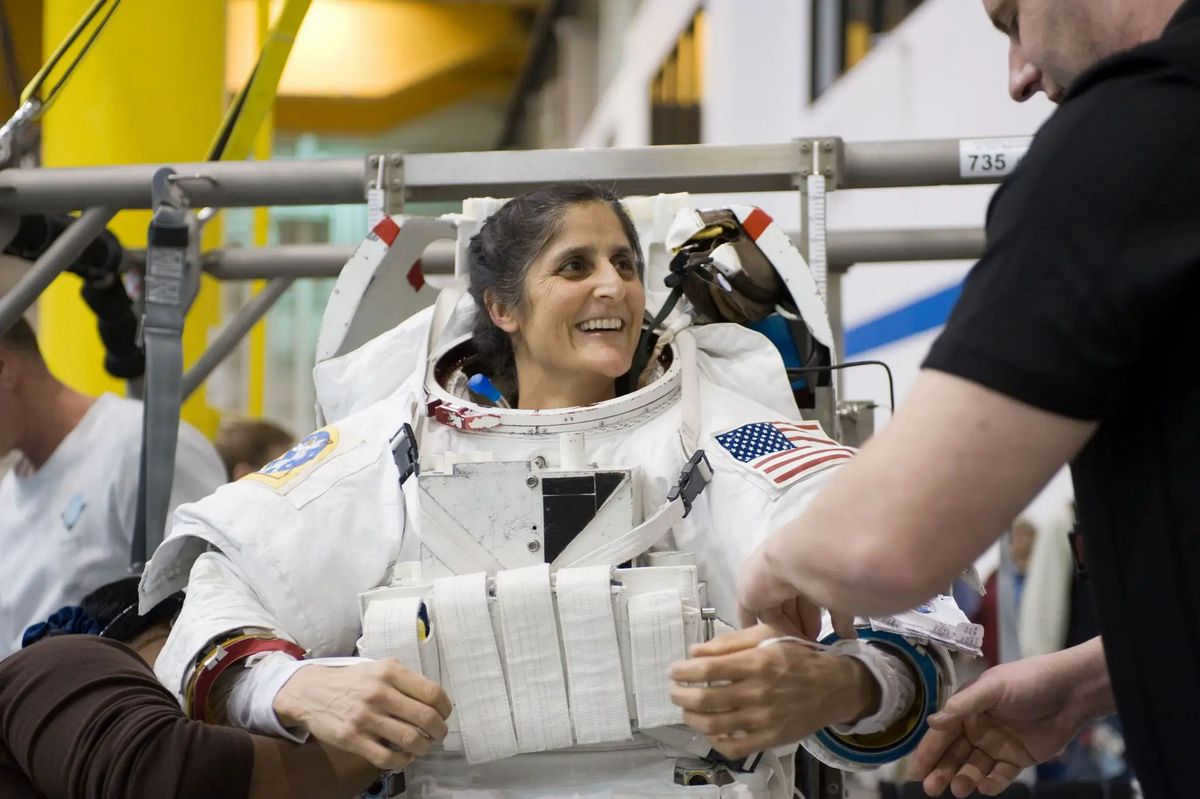
During training, future astronauts experience intense physical challenges. They are subjected to high speeds in the centrifuge, spinning up to 70 revolutions per minute. In the thermal chamber, they endure extreme heat as the air temperature rises to 60°C. The baroque chamber provides a low oxygen environment, making it difficult to breathe. Additionally, the surdocamera is filled with silence and the portholes offer only darkness. These conditions must be endured for 72 hours, with 48 hours dedicated to work and absolutely no sleep.
Training also includes scuba diving, weightlessness simulations, parachute jumps, and survival tests. While these manipulations may be torturous for the average person, they are a familiar reality for astronauts.

The American space program has historically focused on shorter missions, typically lasting up to two weeks. In contrast, Russian cosmonauts have been known for their longer stays in space, often lasting six months or more. This difference in mission duration also translates to a difference in training time, with Russian cosmonauts typically undergoing two to three years of training compared to the seven or eight years of preparation for European and American astronauts. This discrepancy may help explain why the number of individuals aspiring to become astronauts in our country is significantly lower than in Europe and the United States.
During the spring of 2019, the spacewalk planned for Anne McClain and Christina Koch was anticipated to be a groundbreaking occasion: it would mark the first time two women embarked on such an endeavor. However, this significant moment was marred by an unfortunate obstacle – a spacesuit. Specifically, the lack of a suit in the appropriate size. On the International Space Station (ISS), there was only one suit available that fit women properly, while the others were too large. Consequently, Christina Koch was assigned the suit, while Anne McClain was replaced by male astronaut Nick Hague.
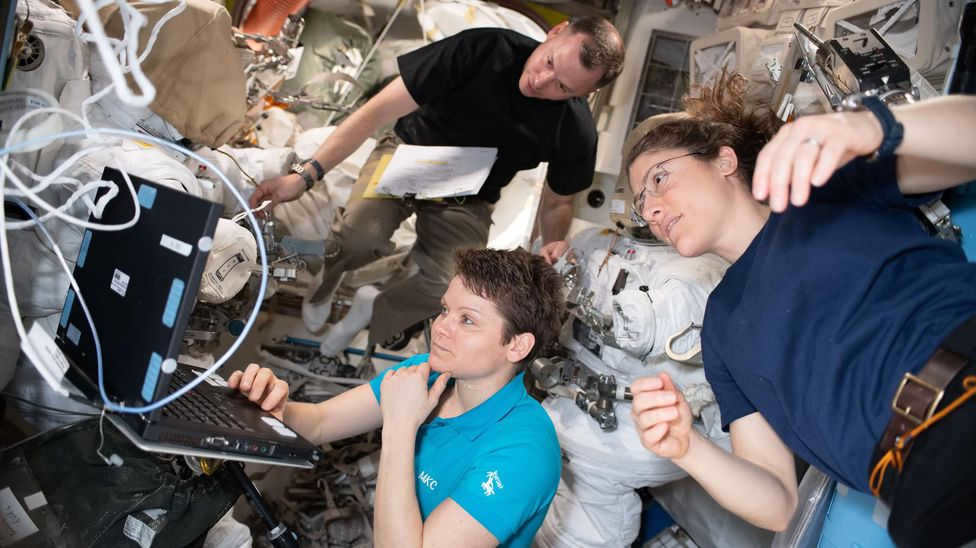
Anne McClain and Christine Koch were set to make history as the first all-female team of astronauts to venture into outer space (Photo: NASA)
And this is not just a trivial inconvenience: in a bulky spacesuit, McClain could potentially make serious errors while performing tasks in the open vacuum. “For a woman to go to outer space is more challenging primarily due to the issue of ill-fitting spacesuits,” recalls Peggy Whitson, the record holder for the longest duration spent by a woman in space.
NASA has long been embarrassed by the lack of a suitable spacesuit for women. However, they made a successful attempt six months later, with Jessica Meir replacing McClain on the ISS. Meir joined Koch in outer space, spending over five hours outside the station to replace a failed external power supply.
The previous mishap highlighted the fact that the attire designed for male astronauts is not suitable for women. In response, NASA developed the new lunar spacesuit called Exploration Extravehicular Mobility Unit (xEMU), which addresses all the concerns. With its adjustable design, the xEMU can accommodate astronauts of any height, size, shape, or gender.
Women aboard the International Space Station (ISS) also choose to enhance their appearance with makeup. According to Russian cosmonaut Elena Serova, she even had eyeliner at her disposal, as astronauts are considered to be “the face of the country” and are expected to maintain a polished look. Moreover, Japanese company Pola Orbis has announced its plans to release a specialized line of skincare products called CosmoSkin in 2023. These products are specifically designed to cater to the unique needs of individuals in a weightless and extremely dry environment. The target market for this innovative line of products includes private space travelers who have already secured reservations to journey to the ISS later this year through Elon Musk’s SpaceX program.
Krista McAuliffe, an American math teacher, was set to make history as the first non-professional astronaut to go into orbit. After winning a competition among 11,000 colleagues, she was preparing to give lessons to schoolchildren from space. However, tragedy struck on January 28, 1986, just 73 seconds after takeoff, when the Challenger spacecraft carrying McAuliffe and six other crew members exploded.
In 2006, Anousheh Ansari, an Iranian-American, made her way into orbit. As the first female space tourist, Ansari, a Muslim businesswoman, had been next in line to fly. She had trained as an understudy for Japanese billionaire Daisuke Enomoto, and was ready to take his place after he had to withdraw due to a heart condition. With the unexpected vacancy, Ansari seized the opportunity and found herself soaring above the Earth.
During her time on the space station, she conducted experiments related to radiation and weightlessness (even tourists get to work in space) and documented her experience on her blog. The exact amount of money Ansari paid for the flight is confidential and cannot be disclosed due to the terms of the contract. However, we can estimate based on previous space travelers who paid $20 million for the opportunity to go into orbit.
On the other hand, Wally Funk had the privilege of flying for free. She was personally invited by Jeff Bezos, the richest man on Earth, to join his crew on the New Shepard spacecraft. In July 2021, they embarked on a 10-minute journey into space. Wally Funk, at 82 years old, became the oldest person to ever travel into orbit. Space has been her lifelong dream since the 1960s when she was part of the Mercury-13 group, which trained female astronauts. Although she couldn’t fulfill her dream at that time, she pursued a career as a pilot. Finally, after half a century, her dream became a reality.
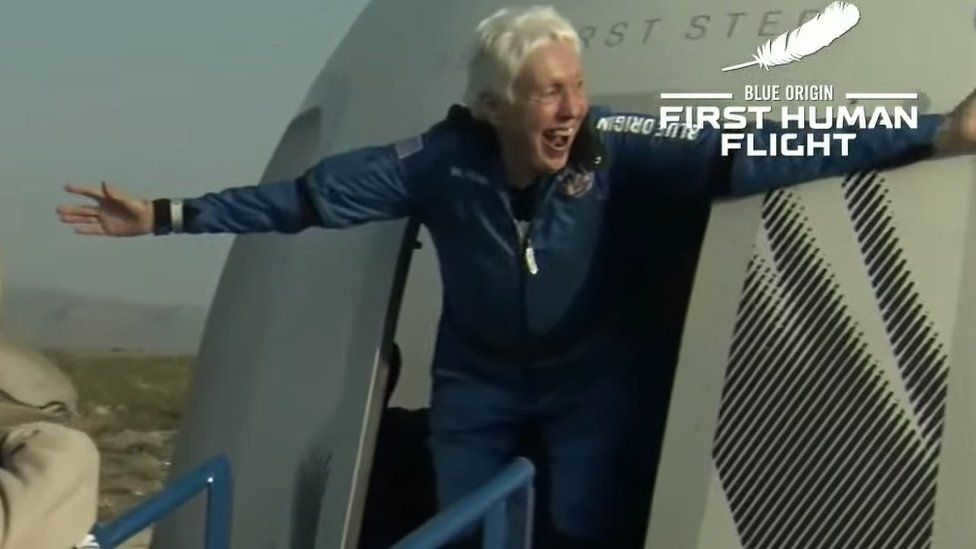

In 2010, Wally Funk purchased a ticket for $200,000 to participate in Richard Branson’s Virgin Galactic program. However, it wasn’t until 2021 that she had the opportunity to fly into space, and it was with a different billionaire (Photo: Blue Origin)
Yulia Peresild, a Russian actress, had a significantly shorter wait. “Roscosmos” and “First Channel” had the idea to film a feature film on the ISS and in the autumn of 2020, they announced the casting for the lead role. There were several thousand applicants. For the audition, they were expected to perform a reading of “Letter to Tatiana” by Alexander Pushkin and demonstrate excellent health. Both of these requirements were met by Yulia Peresild, who is 36 years old. The flight with her as part of the crew took place in October 2021. Another non-professional cosmonaut, the director of the future film, Klim Shipenko, also flew with her. He took on multiple roles, including acting, filming, and doing makeup.
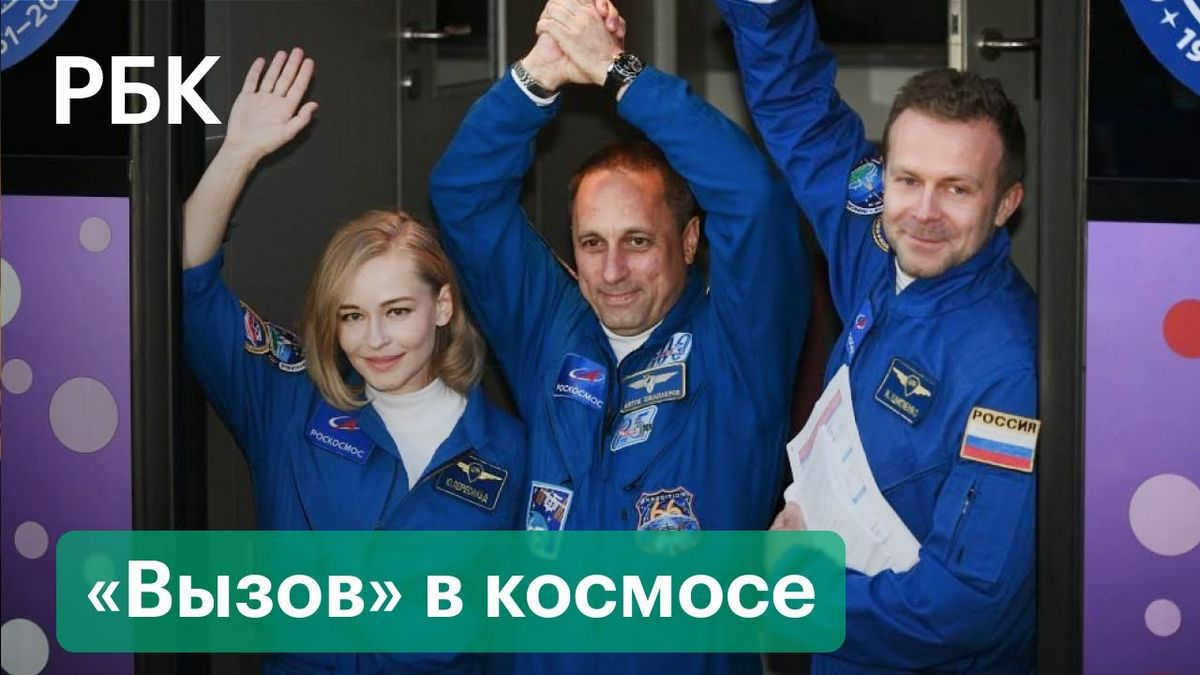
The Future of Women in Space
In the Moscow Region Cosmonaut Training Center (CPC), it was announced in spring 2021 that Anna Kikina, the only Russian female cosmonaut, had joined the 68th expedition crew. On October 5, 2022, she embarked on the SpaceX Crew-5 mission, becoming part of the crew of an American private reusable spacecraft using a Falcon 9 heavy-lift launch vehicle to reach the International Space Station. Anna made history as the first Russian cosmonaut to fly on Crew Dragon, and her spaceflight lasted from October 5, 2022, to March 12, 2023.
In the future, it is possible that the first African female astronaut will take her place on the ISS. In the summer of 2021, Russia and Tunisia signed a memorandum in which Roscosmos pledged to assist in training the first Tunisian female astronaut.
The Americans have ambitious plans for exploration beyond Earth. In August 2021, NASA made an exciting announcement about their upcoming mission to Mars. However, this mission will not involve physically traveling to Mars. Instead, NASA will simulate life on Mars by constructing a ground module called Mars Dune Alpha. This module will serve as a training ground for future missions.
But the real journey to another planet is planned for 2024. NASA’s “Artemis” program aims to land the first woman on the south pole of the Moon. Alongside her male colleagues, she will not only walk on the Moon’s surface but also establish a presence on an orbital platform known as the gateway. The names of the candidates for this historic mission have already been revealed, with a total of 18 individuals on the list. Interestingly, half of the team is comprised of women.
Discover the “Hitech” story in
An unforgettable day for the Challenger
Almost 33 years ago, on January 28, 1986, a significant disaster occurred in the history of manned spaceflight – the tragic crash of the Challenger shuttle during its launch (prior to this, in 1971, 3 Soviet cosmonauts lost their lives during the landing of Soyuz-11 – Hitek). On board were military pilots Francis Scooby and Michael Smith, engineers Allison Onizuka and Gregory Jervis, physicist Ronald McNair, astronaut Judith Resnick, and teacher Krista McAuliffe. Each of the 73 seconds of the ill-fated STS-51L mission’s shuttle flight has been meticulously analyzed by experts on numerous occasions. The exact cause of the astronauts’ death remains a mystery, although experts lean towards the belief that the astronauts were still alive when the cabin impacted the ocean surface at a speed exceeding 320 kilometers per hour. Their demise was not only a tragedy for the United States but also for the entire world. Additionally, it shattered the confidence of countless individuals in the invulnerability and safety of space missions.
On January 28, 1986, U.S. President Ronald Reagan broke his address to Congress to inform the American public that the shuttle Challenger had burst into fragments in the sky. The incident had a profound impact on the entire nation. Reagan offered his sympathies to the families of the victims, but also acknowledged that bold explorations and breakthroughs could not be pursued without substantial risks to those involved. So what transpired next?
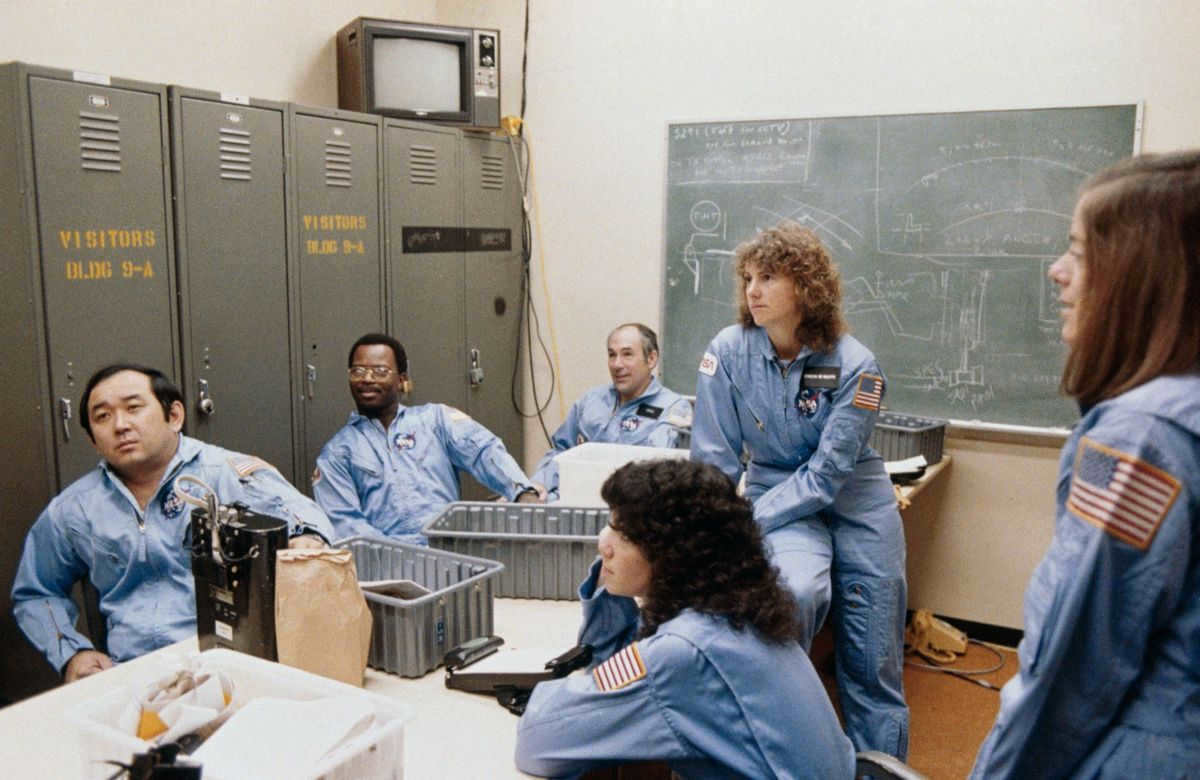
The launch of the Challenger spacecraft, originally scheduled for January 24, 1986, was delayed due to a dust storm at the Senegal airport, which was designated as a potential emergency landing site.
During a routine inspection of the shuttle in the morning, observers noticed the presence of icicles hanging from the underside. As the temperature dropped to -2 °C on the night of January 27-28, the impact on the solid-fuel boosters used in the shuttle’s construction became apparent. The cold weather caused the fiber inter-section seals to lose their elasticity, compromising the tightness of the joints between sections of the spacecraft. Concerned about this issue, specialists promptly alerted NASA to the potential risks.
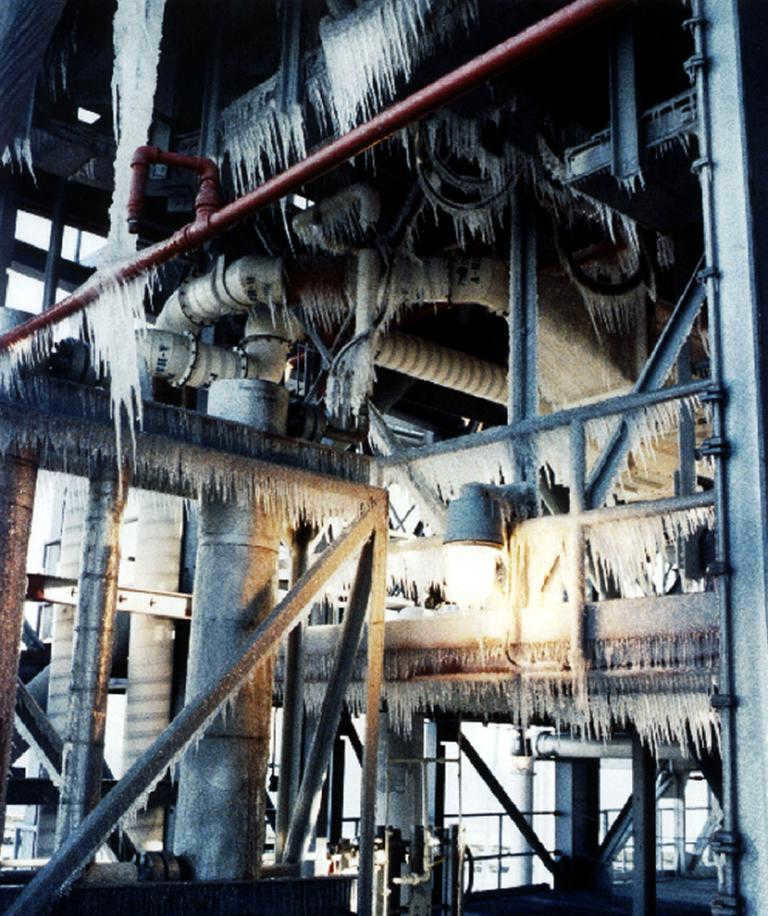
In the evening of January 28, following pressure from representatives of the Marshall Center, the management of Morton Thiokol provided assurances that the damage to the seals was not more severe than in previous flights. However, this lack of seriousness resulted in the loss of seven astronauts’ lives, the complete destruction of the spacecraft, and the failure of a mission that cost $1.3 billion. Furthermore, it also led to a three-year freeze of the Space Shuttle program. After thoroughly examining all relevant materials, the commission concluded that the primary cause of the tragedy was “deficiencies in the corporate culture and decision-making procedures of NASA.”
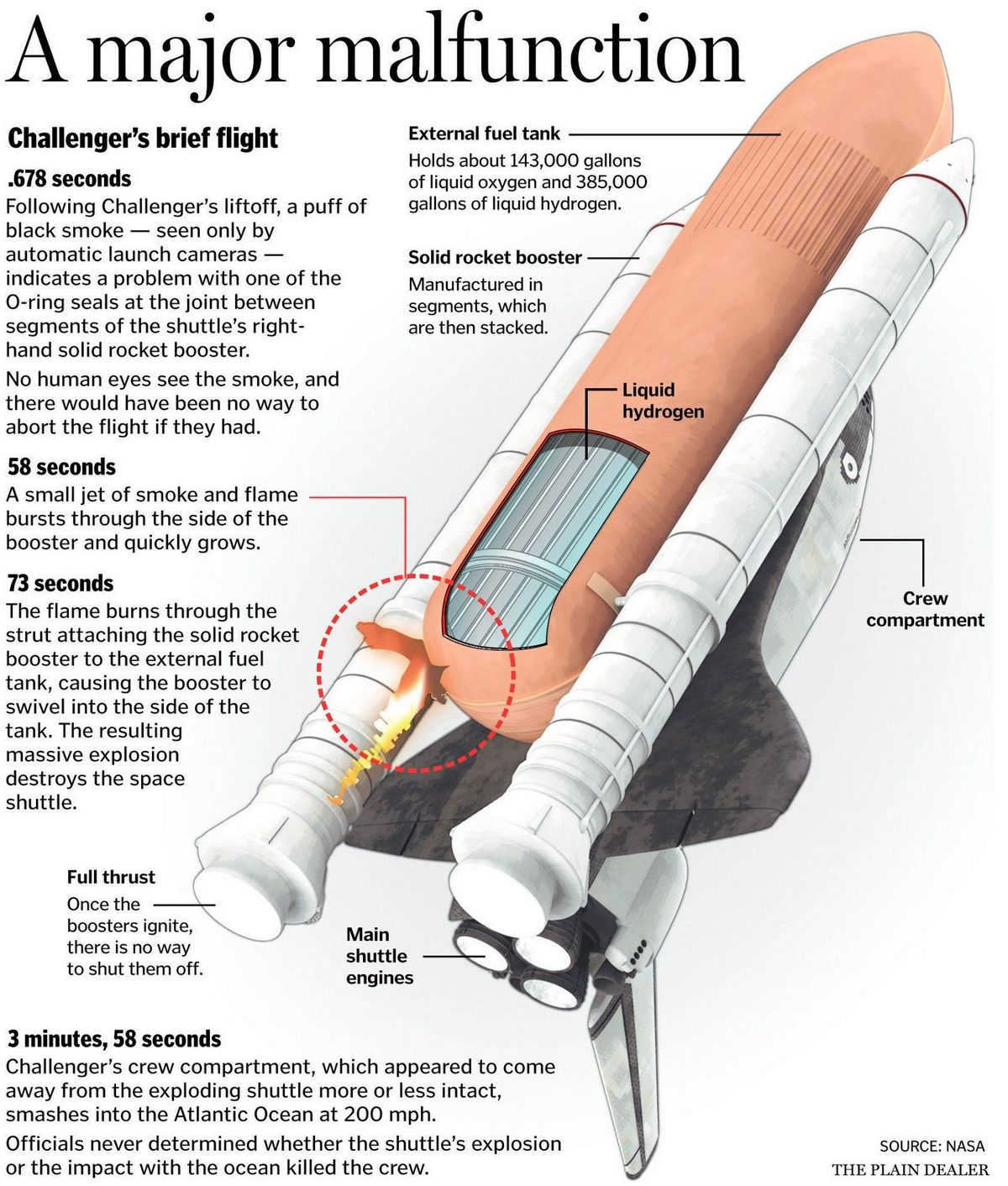
The combination of liquid hydrogen and oxygen ignited, resulting in the formation of a fiery cloud in the sky. Although the shuttle was still ascending, it had lost its ability to be controlled. As the fuel tank disintegrated, the shuttle’s elevation became stagnant. The tail, wings, and a portion of the engine detached from the spacecraft. With tremendous force, the shockwave propelled the front section of the Challenger, where the crew was located, upward for a staggering 20 kilometers. Meanwhile, the rest of the shuttle continued its descent with four surviving astronauts. In a desperate bid for survival, they utilized their backup breathing devices. The entire front section of the spacecraft separated from the main body, causing the bulky structure of the shuttle to crumple into the water. According to NASA medical professionals, it is possible that the crew experienced a loss of consciousness due to depressurization in the module during the flight.
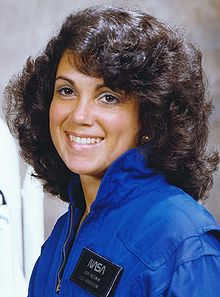
Judith Resnick, an astronaut, was a member of the crew of the “Challenger”.
A History of Space Shuttle Missions
The missions took place from April 12, 1981 to July 21, 2011. A total of five shuttles were constructed: Columbia (disintegrated during re-entry in 2003), Challenger (exploded shortly after launch in 1986), Discovery, Atlantis, and Endeavor. Additionally, a prototype vessel named Enterprise was built in 1975, but it was never sent into space.
Repeating the Scenario
The space shuttle Columbia tragically crashed during its landing on February 1, 2003, resulting in the loss of all seven crew members. A critical event occurred on January 16, 2003, as the shuttle was ascending into orbit. A fragment of the rocket’s outer layer forcefully collided with the leading edge of the wing, causing significant damage. High-speed camera footage captured the moment when a piece of heat-resistant foam detached from the outer layer and struck the wing. Upon further examination of the footage, scientists concluded that this impact potentially compromised the integrity of the thermal protection layer. Unfortunately, a thorough analysis was not conducted, highlighting the detrimental impact of human negligence on yet another space mission.
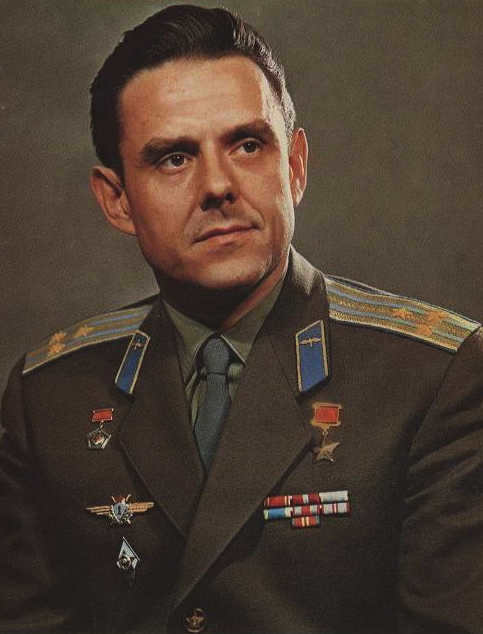
The next casualty in the Soyuz program occurred with Soyuz-11. The objective of the crew was to successfully dock with the Salyut-1 space station and execute various operations while on board. The crew managed to complete their assigned tasks in a span of 11 days. However, when a severe fire was detected by mission control, the crew was instructed to abort the mission and return back to Earth.
All the procedures – reentry, braking, and landing – were executed flawlessly, yet the crew faced persistent difficulties in establishing communication with the flight control center. By the time the spacecraft’s hatch was opened, all crew members had already succumbed to fatality. They fell victim to decompression sickness: as the spacecraft depressurized at high altitudes, the pressure rapidly plummeted to a lethal level. The spacecraft’s design did not incorporate spacesuits. Decompression sickness is accompanied by excruciating pain, rendering the astronauts unable to report the malfunction.
Decompression (caisson) sickness is an ailment that arises when the pressure of inhaled air diminishes and gases infiltrate the bloodstream in the form of bubbles, thus causing damage to blood vessels and cell membranes, and ultimately resulting in blockage of blood circulation.
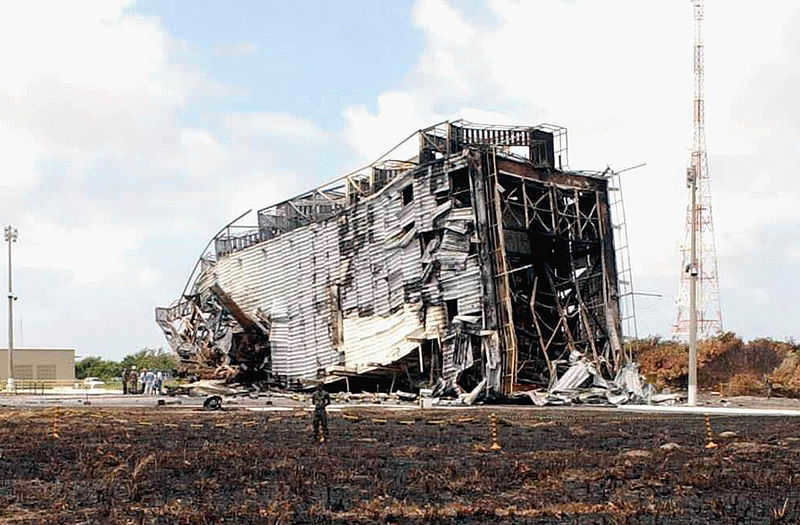
The renowned Soviet designer and pioneer of Russian cosmonautics, Sergey Pavlovich Korolev, famously stated: “The future of cosmonautics knows no bounds, and its potential is as vast as the Universe itself.” Presently, engineers are actively working on the development of space drones for efficient operations in near-Earth orbits, aiming to eliminate the human factor, which has often led to catastrophic incidents in space. Humanity is eagerly awaiting the upcoming Mars missions, with the first one scheduled for 2030. Ensuring the safety of the space industry remains a crucial consideration in the planning and execution of this groundbreaking mission.
On April 12, 1961, the realm of space exploration witnessed a groundbreaking event when Yuri Gagarin, a Soviet cosmonaut, embarked on a historic journey. Gagarin’s remarkable 108-minute flight in Earth’s orbit marked the beginning of mankind’s space records. Over the course of the past 55 years, countless discoveries have been made and numerous records have been shattered in the vast expanse of space. Today, we bring you a compilation of the most noteworthy achievements in this awe-inspiring field.
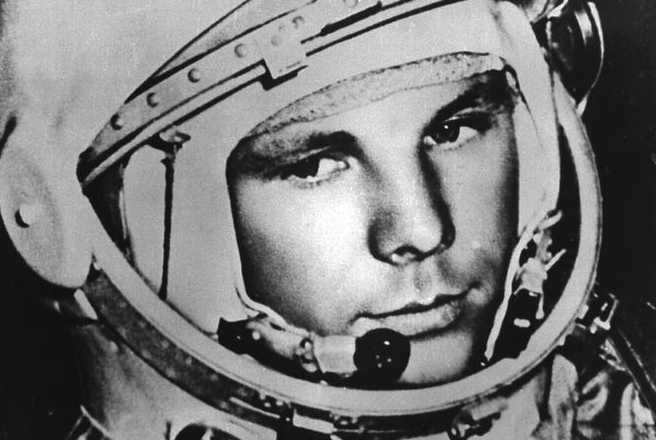

Oldest person ever to go to space
John Glenn, an American astronaut, holds the record for being the oldest person to travel to space. At the age of 77, Glenn embarked on a journey aboard the space shuttle Discovery in October of 1998. Not only that, but Glenn also has another remarkable achievement to his name. He was the first American astronaut to complete an orbital space flight, following in the footsteps of Yuri Gagarin and German Titov. His historic journey took place on February 20, 1962. This means that there was a gap of 36 years and 8 months between his first and second space flights, a record that remains unbroken to this day.
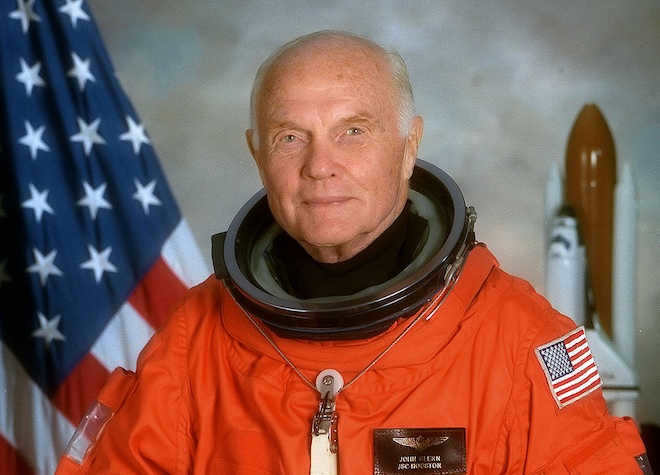
The youngest individual to venture into space
The antithetical record is held by Soviet cosmonaut German Titov. At the tender age of 25, German Titov embarked on the Soviet spacecraft “Vostok-2” in August 1961. During his mission, he successfully circumnavigated the Earth, becoming the second person to do so. Over the course of a 25-hour flight, he completed 17 orbits around the planet. Additionally, German Titov achieved the distinction of being the first person to sleep in space and reportedly experienced the initial bout of “space sickness” (motion sickness in space).
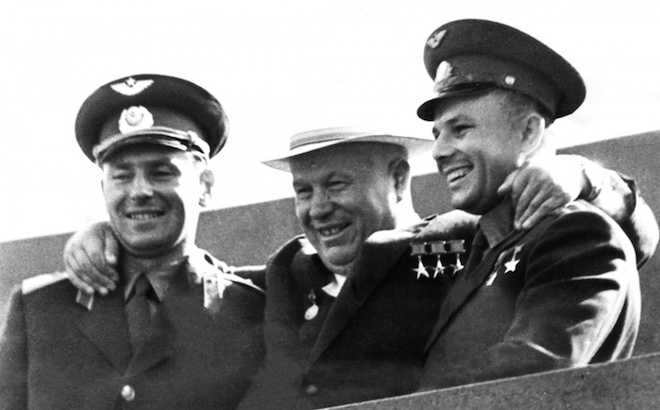
Record for the longest duration in space
Valery Polyakov, a cosmonaut from Russia, holds the record for the longest continuous stay in space. He embarked on his space journey in January 1994 and spent a total of 437 days and 18 hours aboard the Mir orbital station.
Recently, this record was equaled by two individuals, Russian cosmonaut Mikhail Kornienko and NASA astronaut Scott Kelly, who spent 340 days in space while aboard the ISS.
For women, the record for the longest duration in space is held by Italian astronaut Samantha Cristoforetti. In 2014-2015, she spent more than 199 days aboard the International Space Station.
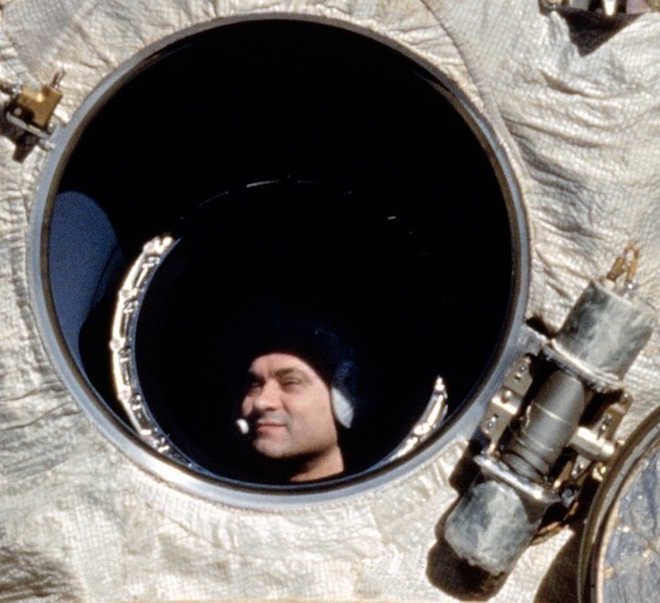
Quickest journey to space
Alan Shepard accomplished the fastest suborbital space journey for an American on May 5, 1961. The duration of NASA’s Freedom 7 spacecraft flight was a mere 15 minutes and 28 seconds, during which the vehicle reached an altitude of 186.5 kilometers.
A decade later, in 1971, Shepard had the opportunity to compensate for his brief experience in space by participating in NASA’s Apollo 14 mission. During this mission, the 47-year-old astronaut achieved another milestone by becoming the oldest individual to set foot on the moon’s surface.
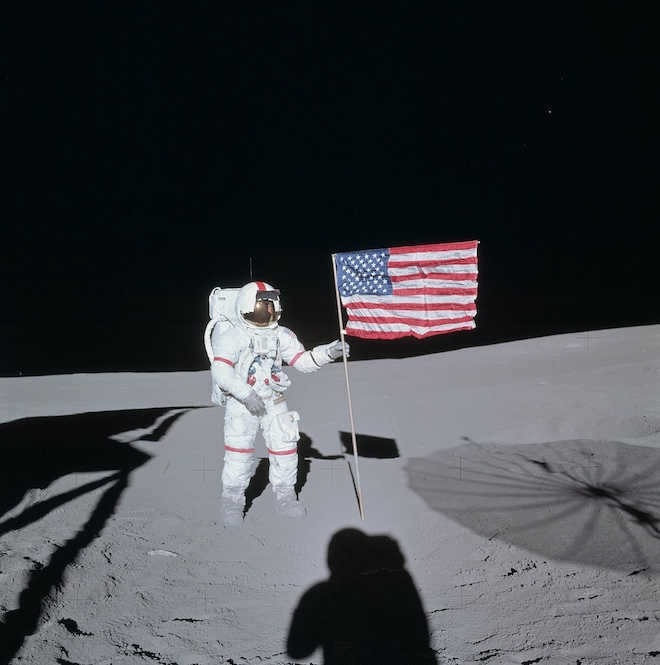
Most Distant Journey in Space
Over 40 years ago, the farthest distance from Earth that astronauts have ever traveled was achieved. In April 1970, the manned spacecraft Apollo 13, carrying three NASA astronauts, deviated from its planned trajectory and ventured a remarkable 401,056 kilometers away from Earth.
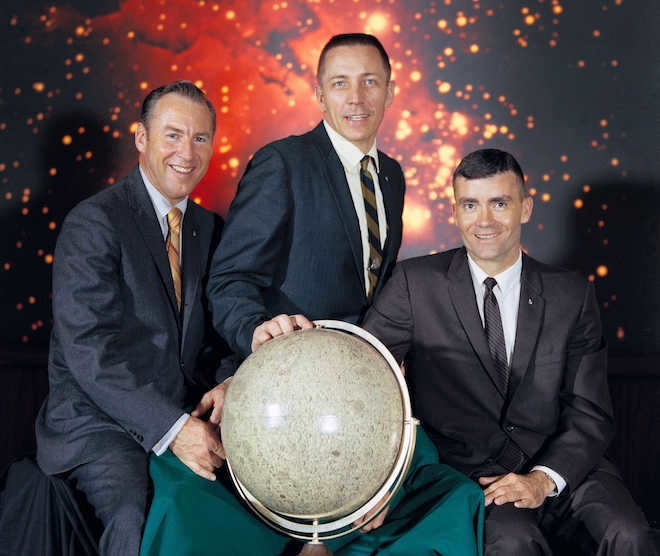
The Longest Time Spent in Space
Gennady Padalka, a Russian cosmonaut, holds the record for the longest cumulative duration in space with a total of five space flights. Throughout his career, Padalka has spent a remarkable 878 days in space, equivalent to 2 years, 4 months, 3 weeks, and 5 days of his life.
On the other hand, NASA astronaut Peggy Whitson holds the record for the longest total duration in space among women. Whitson has spent a total of more than 376 days in space.
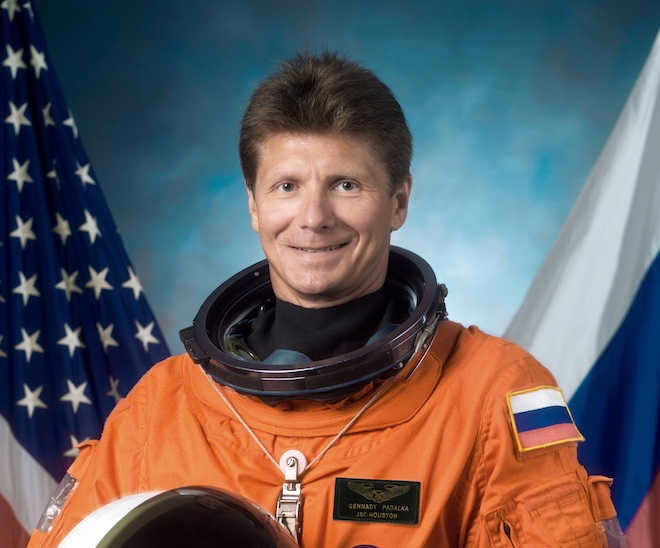
The spacecraft with the longest duration of human habitation
This distinction is held by the International Space Station, and its duration is increasing with each passing day. Since November 2, 2000, there have been individuals on board this $100 billion orbiting laboratory without interruption.
This duration, plus two days (the initial crew of the station was launched from Earth on October 31, 2000), also constitutes another record for the longest continuous presence of humans in space.
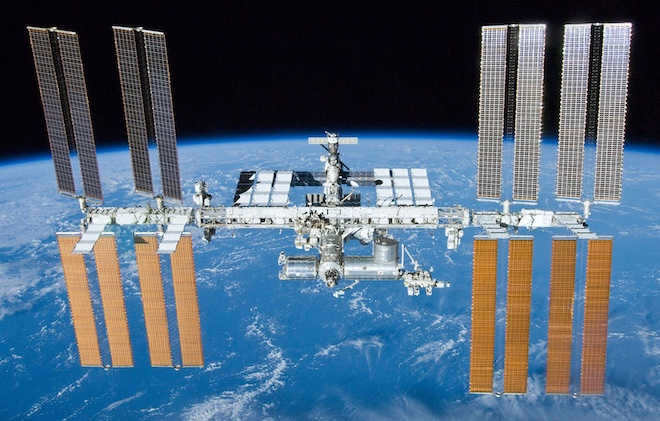
The Longest Duration of Stay on the Moon
In December 1972, the team members of NASA Apollo 17 mission, Harrison Schmitt and Eugene Cernan, spent a period of over three days (which is nearly 75 hours) on the lunar surface. The total time taken by the astronauts for their three walks on the Moon was more than 22 hours. It is important to note that this was the most recent occasion when a human being stepped foot on the Moon and ventured beyond the Earth’s orbit.
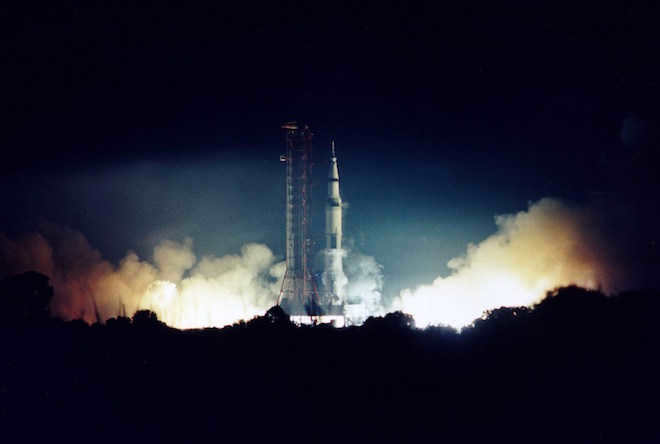
The record for the most space flights
This impressive achievement is held jointly by NASA astronauts Franklin Chang-Diaz and Jerry Ross. These two astronauts had the opportunity to venture into space a remarkable seven times each, all aboard NASA’s renowned space shuttles. Chang-Diaz’s remarkable flights took place over the period of 1986 to 2002, while Ross had his incredible experiences between 1985 and 2002.
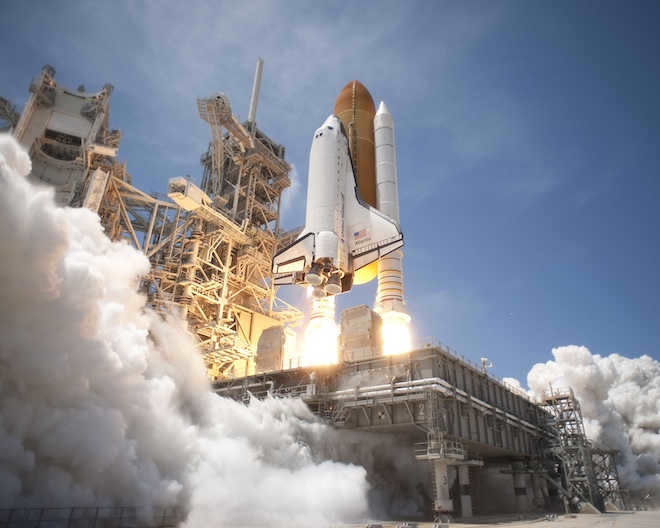
Record-breaking number of spacewalks
Anatoly Solovyev, a Russian astronaut who ventured into space on five separate occasions during the 1980s and 1990s, holds the record for the most spacewalks. He successfully completed 16 spacewalks, spending an impressive total of 82 hours and 21 minutes outside the spacecraft.
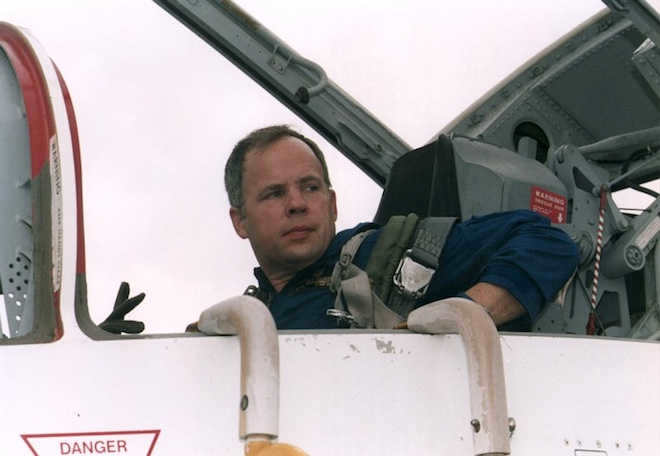
The lengthiest spacewalk
Jim Voss and Susan Helms, both Americans, hold the record for the lengthiest individual spacewalk. They achieved this feat on March 11, 2001, when they spent a total of 8 hours and 56 minutes outside the “Discovery” spacecraft and the International Space Station. Their tasks included performing maintenance work and making necessary preparations for the arrival of the next module to the orbital laboratory.
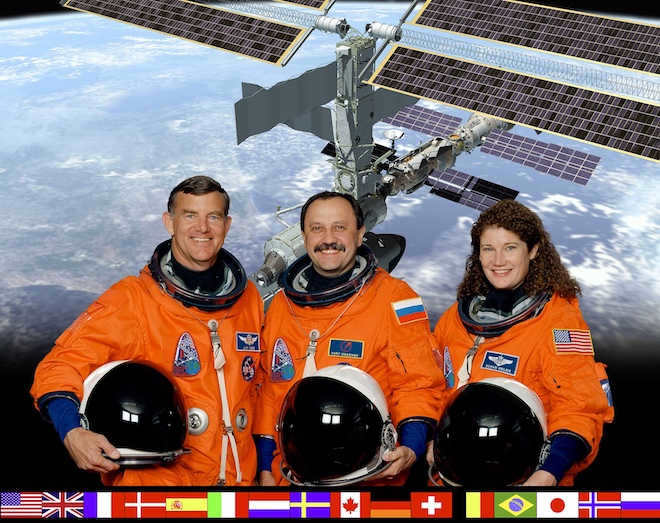
Record Number of Individuals in Space
The highest number of individuals present in Earth’s orbit occurred in July 2009, when the NASA spacecraft Endeavour successfully linked up with the International Space Station. At that time, the six crew members of the ISS were joined by seven American astronauts from the shuttle, resulting in a total of 13 individuals occupying space simultaneously. This record was later matched in April 2010.
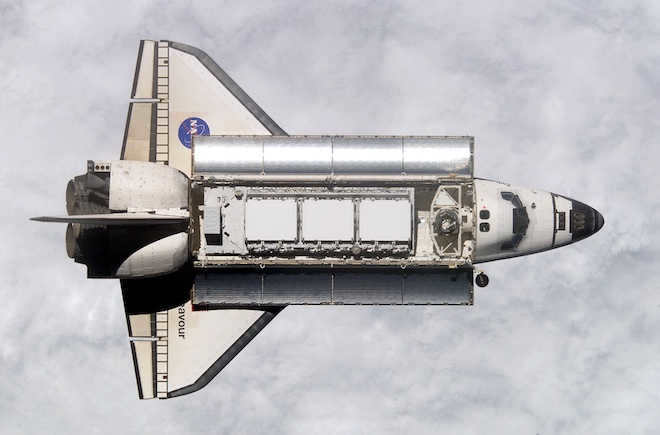
The highest number of females in space
In April 2010, a remarkable feat was accomplished when four women were simultaneously present in Earth’s orbit. This event marked the second time such a record was set. Among the women were NASA’s Tracy Caldwell Dyson, who arrived at the International Space Station (ISS) via the Russian Soyuz spacecraft. She was accompanied by her colleagues Stephanie Wilson and Dorothy Metcalfe-Lindenburger, as well as Japan’s Naoko Yamazaki, who joined the team aboard the space shuttle Discovery as part of the STS-131 mission.
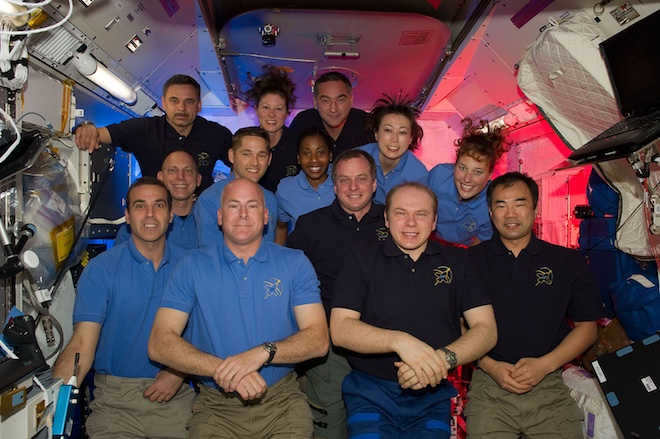
First-ever space traveler
The inaugural individual to venture into space as a tourist was Dennis Tito, a wealthy American. In exchange for a sum of 20 million dollars, he secured the opportunity to complete 128 orbits around the planet Earth.
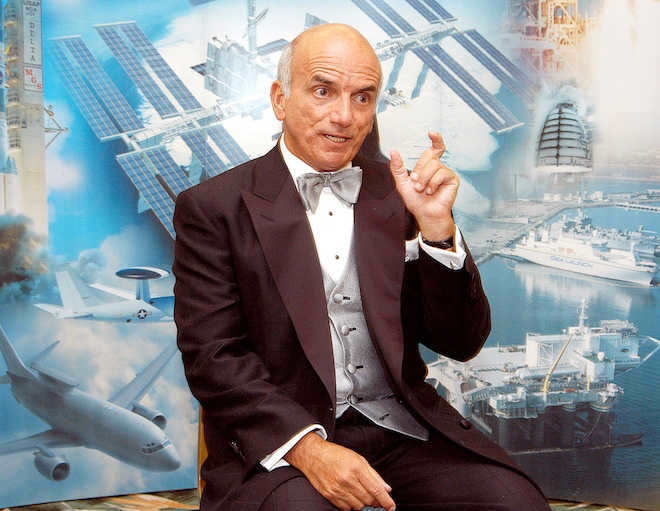
The priciest and biggest space vessel
The construction of the International Space Station commenced in 1998. The project for this orbital laboratory involved 14 nations and cost approximately 100 billion dollars, making the station the most costly spacecraft in the history of space exploration. It is worth mentioning that the actual price of the station continues to rise due to the incorporation of new modules.
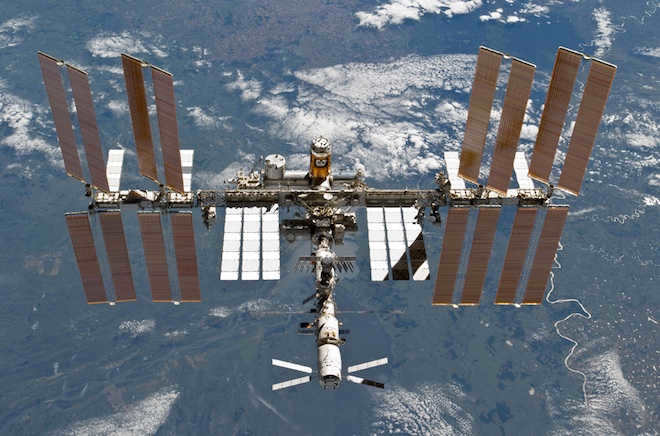
The Orbital Laboratory is a collaboration between five space agencies, representing over 15 countries. The station measures approximately 109 meters from one end of the main truss to the other. Massive solar panels are positioned at each end of the support structure, spanning 73 meters.
The International Space Station is of such considerable size that it can be easily observed with the naked eye from the Earth’s surface, assuming weather conditions permit and one knows where to look. When visible in the sky, the station appears as a rapidly moving source of intense light, capable of outshining even the brightest celestial bodies such as Sirius or Venus, depending on the conditions for observation.





